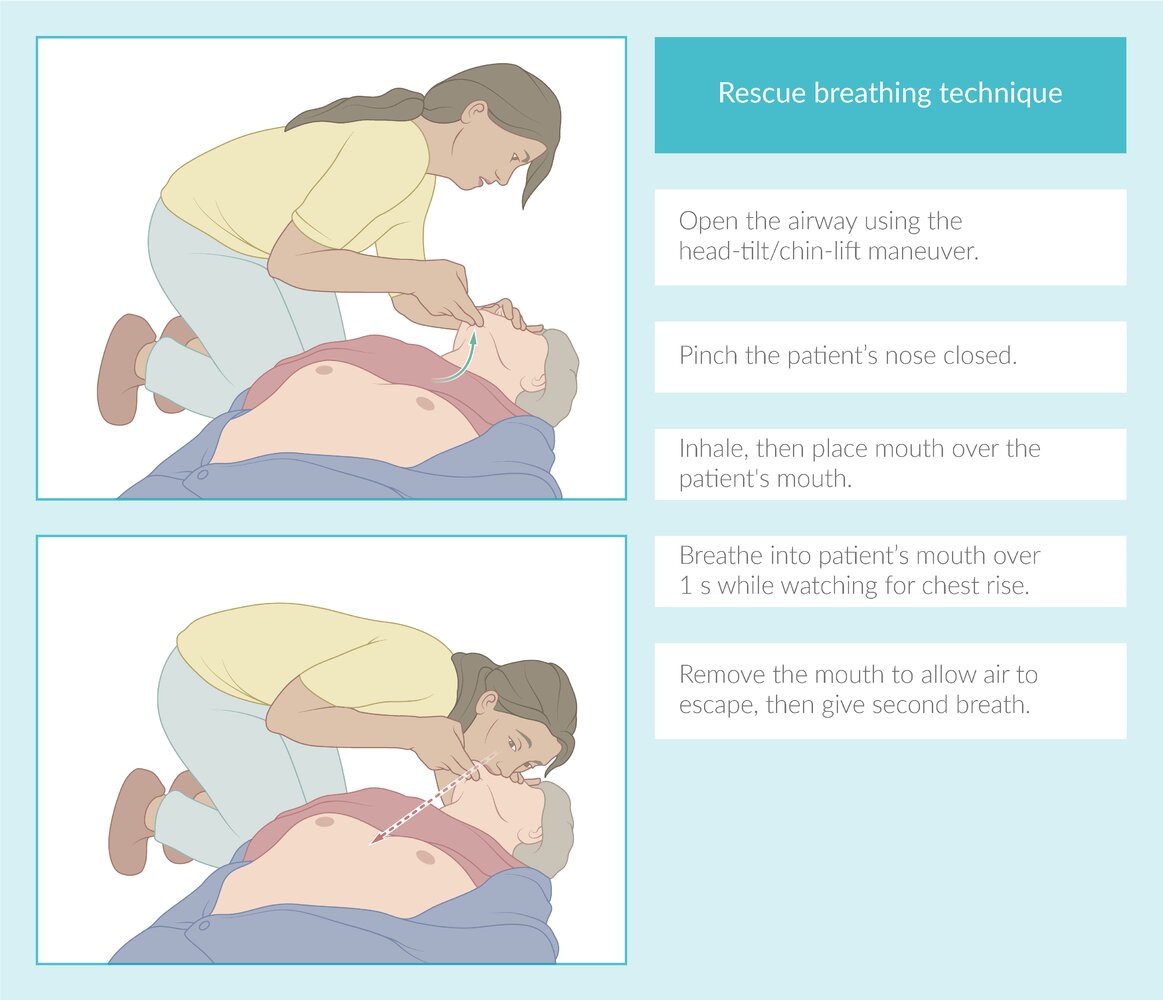
# Revised Guidelines for Drowning Resuscitation: Emphasis on CPR with Rescue Breaths
The American Heart Association (AHA) and the American Academy of Pediatrics (AAP) have collaboratively introduced new guidelines on drowning resuscitation, highlighting the essential function of *CPR with rescue breaths* in preserving life. These guidelines, published simultaneously in the journals *Circulation* and *Pediatrics*, incorporate evidence-based approaches that can greatly enhance survival rates in instances of drowning-related cardiac arrest.
This crucial update is particularly pertinent given the worldwide prevalence of drowning, which stands as the third primary cause of unintentional injury deaths, accounting for about 236,000 fatalities each year. The revised guidance seeks to provide clear, actionable measures for healthcare providers, emergency personnel, and even vigilant bystanders who might be involved in rescue operations.
### Grasping Drowning-Related Cardiac Arrest
One of the fundamental principles of the revised guidelines is the distinction in resuscitation efforts for drowning incidents versus standard heart-related cardiac arrests. The main reason for cardiac arrest in drowning victims is *severe hypoxia*, characterized by dangerously low oxygen levels in the bloodstream due to water in the lungs impairing the oxygen exchange.
“Contrary to a cardiac arrest stemming from heart disease, where an individual typically collapses with adequate oxygen levels, a drowning victim collapses due to insufficient oxygen entering their bloodstream,” states Dr. Cameron Dezfulian from Baylor College of Medicine. This highlights the significance of *rescue breaths* during CPR; while chest compressions are crucial in typical cardiac arrest scenarios, they may not be adequate in drowning circumstances—swiftly restoring both breathing and circulation is imperative for survival.
### Essential Recommendations for Drowning Resuscitation
The updated guidelines present several pivotal recommendations:
– **CPR with rescue breaths** must commence immediately if an individual is rescued from the water and exhibits abnormal breathing or is unconscious. Rescue breaths are essential to elevate oxygen levels that drop during drowning events.
– Both trained rescuers and the public should assume that a person displaying irregular breathing or unconsciousness post-water exposure is undergoing a cardiac arrest.
– **Automated external defibrillators (AEDs)** should, wherever feasible, be accessible at public swimming areas. Although an AED provides vital assistance if the drowning results from a heart-related issue, it should not delay the start of CPR.
Rapid response times are critical in drowning situations. Studies have indicated that CPR combining **rescue breaths** and **chest compressions** yields better survival rates than compression-only CPR in these circumstances.
### The Significance of Drowning Prevention
Prevention is the most effective strategy to lower the global incidence of drowning-related events. According to the new recommendations, more than 90% of drownings could be prevented through proactive measures like barriers to water access, improved supervision, and swimming instruction.
Drowning can occur swiftly and silently, often without the individual having the ability to seek help or indicate distress. This “silent” characteristic of drowning contributes to its lethality; immediate identification and reaction are vital.
“Many perceive swimming pools or open water as leisure areas, but they are also zones of potential risk. By educating the public on recognition and response, and ensuring the availability of lifesaving equipment like AEDs, lives can be preserved,” asserts Dr. Tracy E. McCallin from Rainbow Babies and Children’s Hospital.
### Conclusion: An Urgent Call to Action
The updated guidelines from the AHA and AAP aim to transform our approach to drowning emergencies. By emphasizing *rescue breaths paired with chest compressions* during resuscitation, both trained rescuers and ordinary individuals can significantly enhance the outcomes for victims experiencing drowning-related cardiac arrest. Furthermore, by focusing on prevention and prompt identification of drowning, we can reduce the frequency of these tragic occurrences.
Training, education, and public health awareness are vital elements of drowning prevention and effective resuscitation, while the provision of lifesaving tools like AEDs in public recreational settings adds further advantage for cardiac emergencies triggered by drowning.
These recommendations underscore the necessity for everyone—whether a healthcare professional or a parent by the pool—to be prepared, knowledgeable, and equipped. With the appropriate understanding and prompt action, you might save a life.
—
### Glossary:
– **Hypoxia**: A state in which blood oxygen levels are alarmingly low, leading to severe complications.
– **Cardiac arrest**: A critical condition in which the heart ceases effective beating, halting blood flow to the brain and other essential organs.
– **AED (Automated External Defibrillator)**: A device that can administer a controlled electric shock to revive a heart in cardiac arrest situations.
– **Rescue breaths**: A fundamental component of CPR where air is manually provided to a person who is not breathing, commonly through mouth-to-mouth resuscitation.